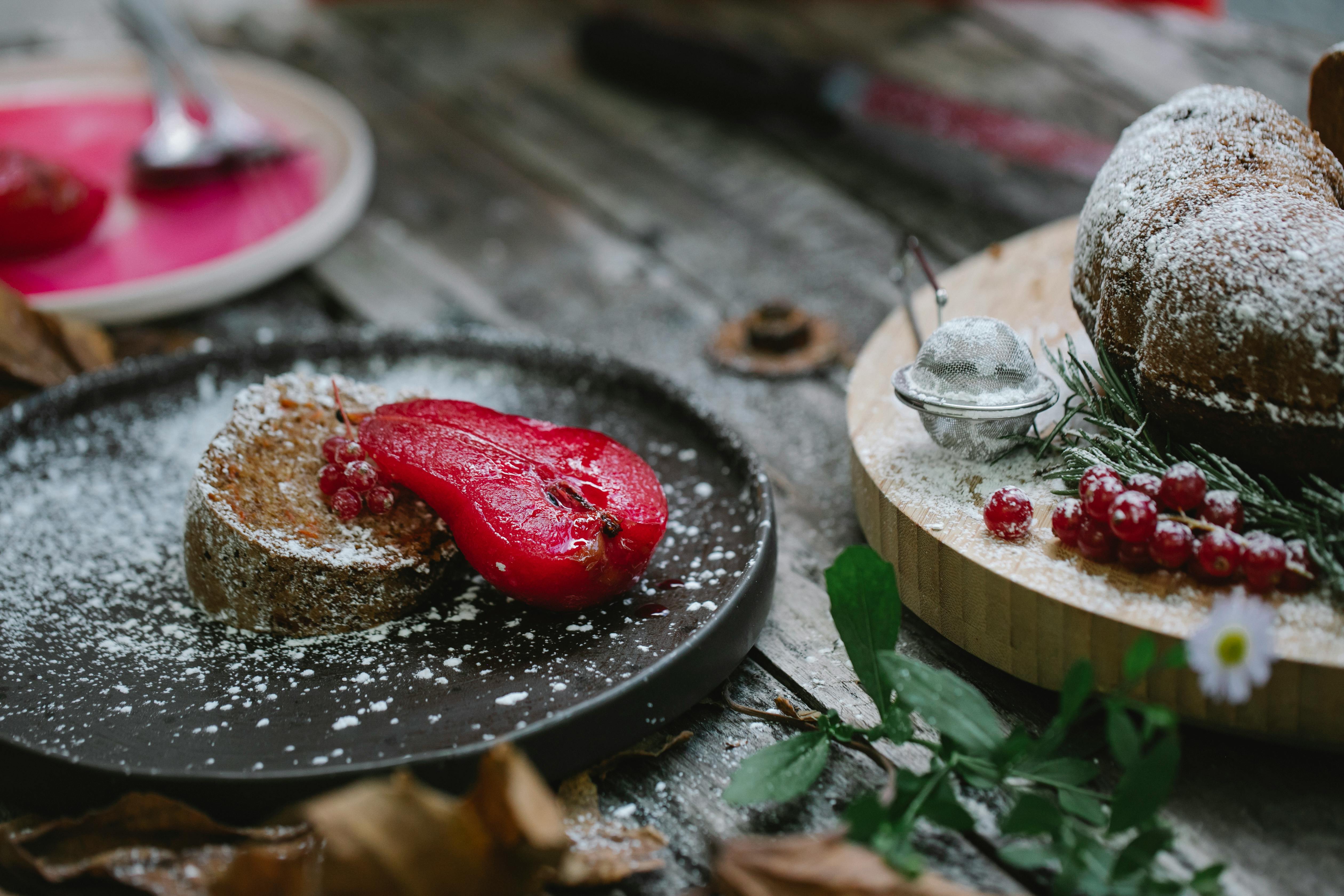DIY Butcher Block Oil Recipes
Restoring the shine of your wooden cutting boards and butcher blocks is easy and affordable! There are many products on the market that you can use that come in fancy packaging, but it’s easy to make your own DIY product. Keeping cutting boards conditioned prolongs their life and keeps them hygienic, so it’s good to have some on hand for regular use. This article shares three very easy recipes to treat your butcher boards when they are drying out, in need of finishing or repair.
Will need:
Food grade mineral oil
Bee wax
Scale
container – Glass jars and old coffee cans work great.
Jar – to use as a bain-marie
Sanitized stirring rod – the wooden ones work very well
Always start with a spotlessly clean and super dry butcher board. Wash it with vinegar the night before and let it air dry while you sleep. The next morning, condition your clean, dry board using one of the following methods.
the first method it’s not really a “recipe” at all. It is simply food grade mineral oil. There are a lot of different ideas about which oils go rancid and which oils are best to use. In general, food grade mineral oil is considered the best oil to use on wood cutting surfaces. It’s odorless, colorless, inexpensive, and definitely won’t go rancid. It can be easily found at your local hardware store or pharmacy. To treat your butcher board with mineral oil, gently rub warm oil on the wood and let it soak. Get your oil warm, not hot. If you’re like me and don’t have a nuker, just use a double boiler on the stove. Just be careful as the oil is obviously flammable. This is a great regular treatment to keep your board in condition.
the second recipe is for a creamy table oil or “Dream Cream” as I call it. This is a rich blend of mineral oil and beeswax. Adding beeswax to your oil increases its resistance to water and adds a very slight shine to the finish. Paraffin can also be used. It is odorless and much less expensive; however, I personally prefer beeswax. This is a great treatment for a board that has become very dry or has been sanded to restore it. The recipe calls for 9 parts food grade mineral oil to 1 part beeswax.
Measure 1 part wax to 9 parts oil. Wax beads available or you can scrape pieces of wax off a block like I did.
Heat the oil and wax slowly until the oil is warm and the wax has melted. Be sure to stir and incorporate the wax as it melts.
Put some of the melted product on your butcher board and rub it in making sure to get to all surfaces, especially cut edges. Let it absorb before using the board to prepare food. The consistency of this recipe is a bit like hair gel after it cools down a bit and gets firmer as it cools. It will melt into the board like butter as you apply it. Can be used warm or cold; However, I think it works better and faster when it’s hot.
the third recipe it is for a “board wax” style of paste. This is a rich, ultra-greasy blend of oil and beeswax. It is thick and waxy and offers a lot of resistance to water once the wax has hardened. It can be polished to a smooth shine and looks beautiful. Use this recipe as a polishing paste or as a crack filler. Keeping the occasional crack and knife mark filled extends the life of your board!
This recipe is 4 to 5 parts food grade mineral oil to 1 part beeswax. Heat the oil and incorporate the wax as indicated above. Rub it on the board. Allow the oil to penetrate and the wax to harden before polishing and preparing food on it. If used warm, this wax will spread a thinner layer. If used cold it is quite thick and pasty and will give you a thicker coating.
Your wood needs to be treated regularly to prevent it from drying out and cracking! The frequency of treatment and the type of butcher block oil you need to use depends on many variables; such as the weather and how often the board is used and washed. You will have to be the judge. These “recipes” will not only condition your butcher block beautifully, they will increase its lifespan. They will also keep indefinitely. Once you’ve whipped up a batch, it’s easy to grab off the shelf and use all year long!
